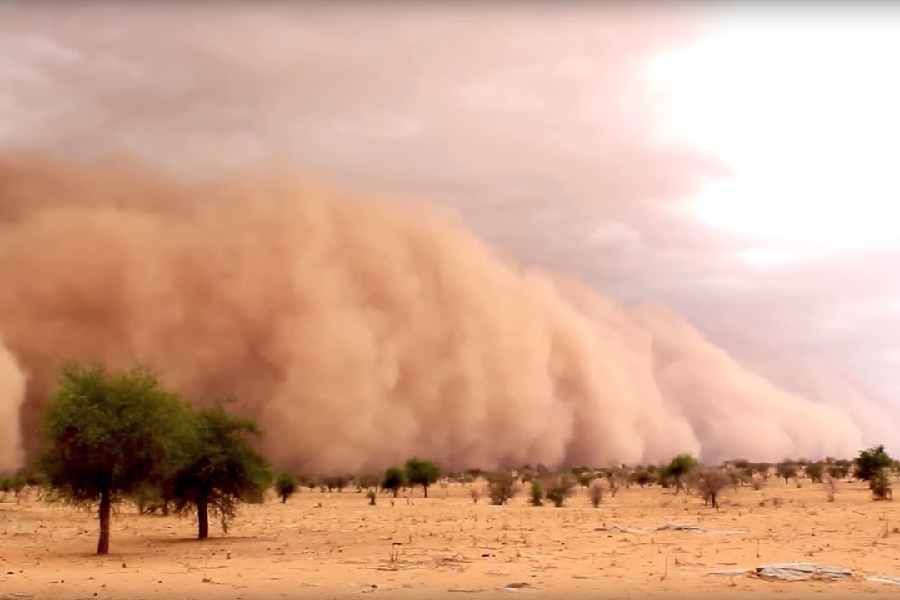The UN General Assembly on Wednesday declared 2025 to 2034 the United Nations Decade on Combating Sand and Dust Storms — extreme weather events that are increasing and threatening health and economies from central Africa to northern China.
Uganda's UN Ambassador Godfrey Kwoba, who introduced the resolution on behalf of the Group of 77, a powerful UN group of 134 developing countries and China, told the 193-member assembly the initiative aims to “halt and mitigate the negative effects of sand and dust storms ” through “international and regional cooperation.”
The assembly adopted the resolution by consensus and a bang of the gavel by assembly president Dennis Francis.
In a 2022 report, the United Nations Convention to Combat Desertification said sand and dust storms have “increased dramatically in frequency in recent years.”
It said storms can exacerbate respiratory illnesses, kill crops and livestock, and increase desertification, though documentation of their impact is limited.
The convention estimated that 2 trillion tons of sand and dust enter the atmosphere annually, largely in dry lands and sub-humid regions with little vegetation.
The majority of emissions result from natural conditions, but droughts and climate change exacerbate the issue, it said.
The report estimated that “at least 25 per cent of global dust emissions originate from human activities” like unsustainable land management and water use.
As part of the decade-long initiative adopted Wednesday, the General Assembly said the UN Food and Agriculture Organisation will promote mitigation practices in affected countries, including “sustainable land use management, agroforestry, shelter belts, afforestation/reforestation and land restoration programs.”
The resolution also calls for global cooperation to enhance early warning systems and share weather information important to forecasting sand dust storms.
The resolution's adoption comes two days before the International Day of Combating Sand and Dust Storms on July 12, which the General Assembly declared last year and will be celebrated for the first time.
That resolution called on countries to observe the day with educational and other activities that raise public awareness of the importance of combating sand and dust storms for public health, improving land use, enhancing food security and livelihoods, and promoting “resilience to climate change.”










